Garden Sanctuaries

Garden Sanctuaries restore our spirits, remind us of our connection to seasonal cycles, and encourage us to notice the small miracles of each day.
The word “sanctuary” is related to the Latin word “sanctus,” which suggests a private space specifically set aside for reflection—a refuge from the fast-paced activities of everyday life. Since developing my first garden decades ago, I’ve learned from experience that having access to even the smallest of garden spaces can provide immense benefits for our physical and psychological health.
Most cherished in this mundane world
is a place without traffic.
Truly in the midst of a city,
there can be mountain and forest.
— Wen Zhengming, Painter/Scholar, China, 16th Century
In the early 1970s I started gardening in earnest and soon discovered that long before I began to focus on the sanctuary aspects of this new path of inquiry, my attunement to what some would call the “invisible forces of nature” had already become activated. I often joked to my friends that planting seeds and watching them grow to wondrous maturity had introduced me to a more holistic educational approach than what I might have encountered in more academic botany courses.
I became an acolyte in the school of “everyday” gardening inspiration, which was accomplished by my own research, readings, and observations—all overseen by the innate intelligence of the earth itself.
One of the early applications of this intuitive form of gardening apprenticeship was the original Seattle backyard oasis I created in 2003, whose beauty and shelter I happily shared with birds, butterflies, and a variety of pollinating insects. That year, Birds Connect Seattle (formerly the Seattle Audubon Society) published an illustrated, educational handbook titled Gardening for Life, which included articles and photos of five unique gardens in King County that incorporated their vision. My garden was among their selections.


My Northwest Flower and Garden Show Presentation
In 2006, the Northwest Flower and Garden Show included my illustrated digital presentation, Garden Sanctuaries for Reflection and Renewal, in their array of educational offerings. The presentation introduced audiences to timeless, holistic principles that have inspired nature-based artists throughout the world, and illustrated how these ideas could be applied in practical ways to create a personal garden sanctuary.

This Art Nun Journal post draws on the imagery and recommendations that were part of my Garden Show presentation, now updated with additional information from my background and experience as a visual artist and garden sanctuary advocate. In the galleries below, I offer several design ideas that I hope will spark your imagination.
Inviting Entries and Thresholds
A garden entry should encourage you to “leave the mundane world behind” and enter a quiet place of beauty and serenity.



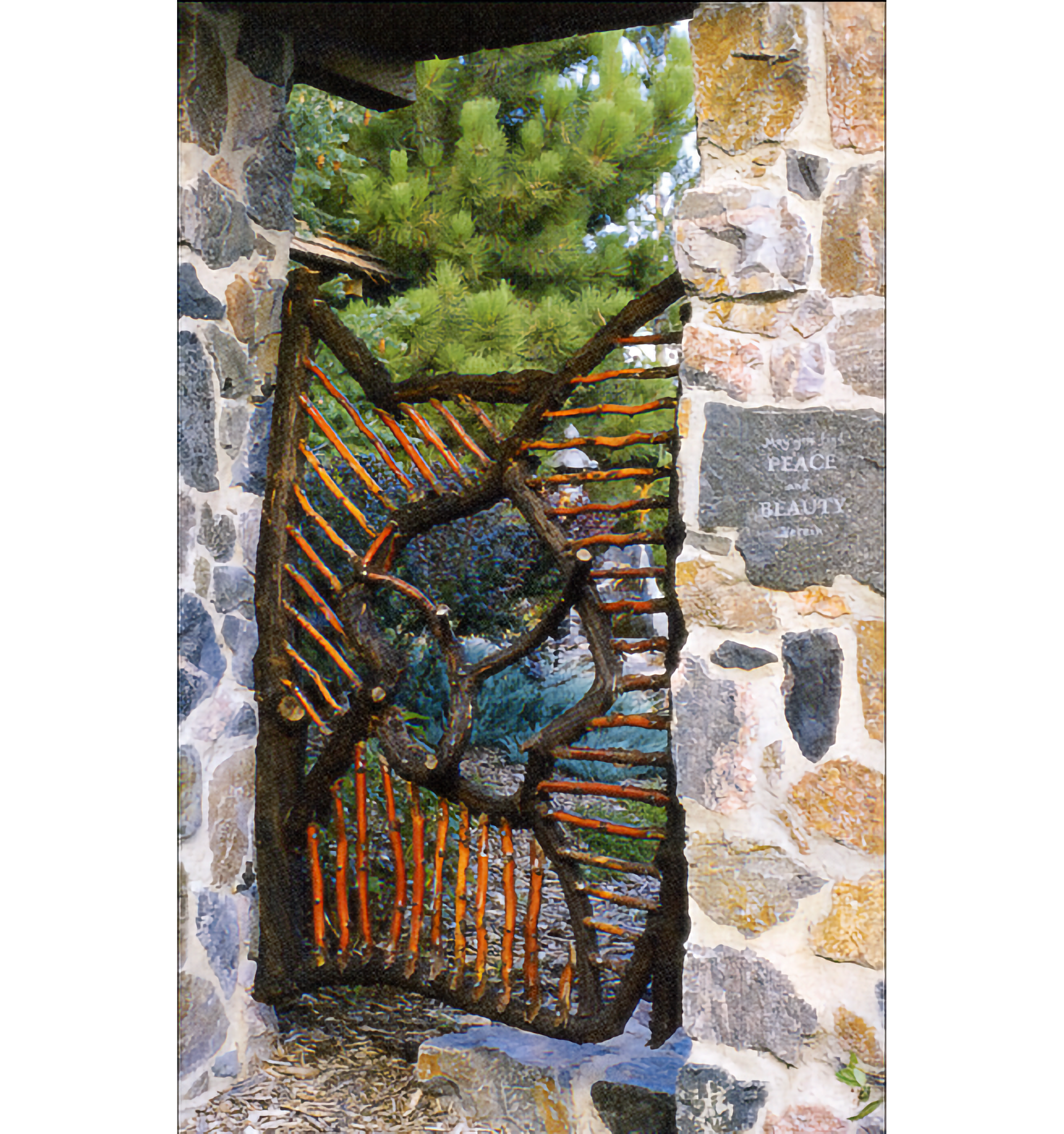


Sheltering Permimeter Walls
If your garden space is flanked by distracting views or too-close neighbors, perimeter screening or walls can provide the privacy you need. The examples I’ve included creatively shift the definition of a “conventional” fence.



Thoughtful Pathways
Pathways through your sanctuary garden should provide more than simply offering a purely utilitarian means of “transport” from a beginning point to the end—like a mini freeway. Straight line, uninterrupted, hard-surface pathways have their place for efficiency, but they are frequently overused and visually boring. “Thoughtful pathways”—most often curved and made of tactile materials—encourage you to slow down and savor the walk—as well as the nearby plantings.




Intimate Seating
Seating options for a private place to rest and recharge come in various sizes and degrees of luxury. This tiny, low-cost outdoor respite from the Greek heat checks all the necessary boxes: a simple chair, gorgeous plantings of heirloom purple morning glories trained towards the adjacent balcony, and a nearby watering barrel (with removable lid) that also serves as tall potting table.






Four Elements to Enliven your Sanctuary
Trees, water, fragrance, and art provide important practical additions to any sanctuary garden plan. These elements combined can help transform your garden into a welcoming and inspiring “natural” art gallery.
Trees
Trees are an investment in the future, and a cause for celebration when they come into bloom. Trees should be first on the list when planning a garden, because they provide the “bones” for all future design considerations. After all, once planted, they are not easily moveable.
Consider planting at least one spectacular “specimen” flowering or fragrant tree on your property that can transform your outdoor environment from ordinary to magnificent. When I asked my previous arborist what tree he would recommend for my climate zone and property limits, he chose the Eastern Redbud.

With a changing climate and more crowded urban environments, smaller native flowering trees that are adapted to local weather conditions have become even more necessary and popular. Since options range in the hundreds for different areas, before planting it’s always wise to first check with your local nursery or garden professional for detailed recommendations about what trees are best for your location.
Water
Water features in our gardens pay homage to the reality that without water’s presence, none of earth’s inhabitants could survive.
Beneficial insects, birds, and butterfly visitors to your garden will welcome the inclusion of water in your design. And closeness to water (in its many applications) is essential for calming our overstressed psyches. The survey of water features chosen for the following gallery range from the simple to the sophisticated.




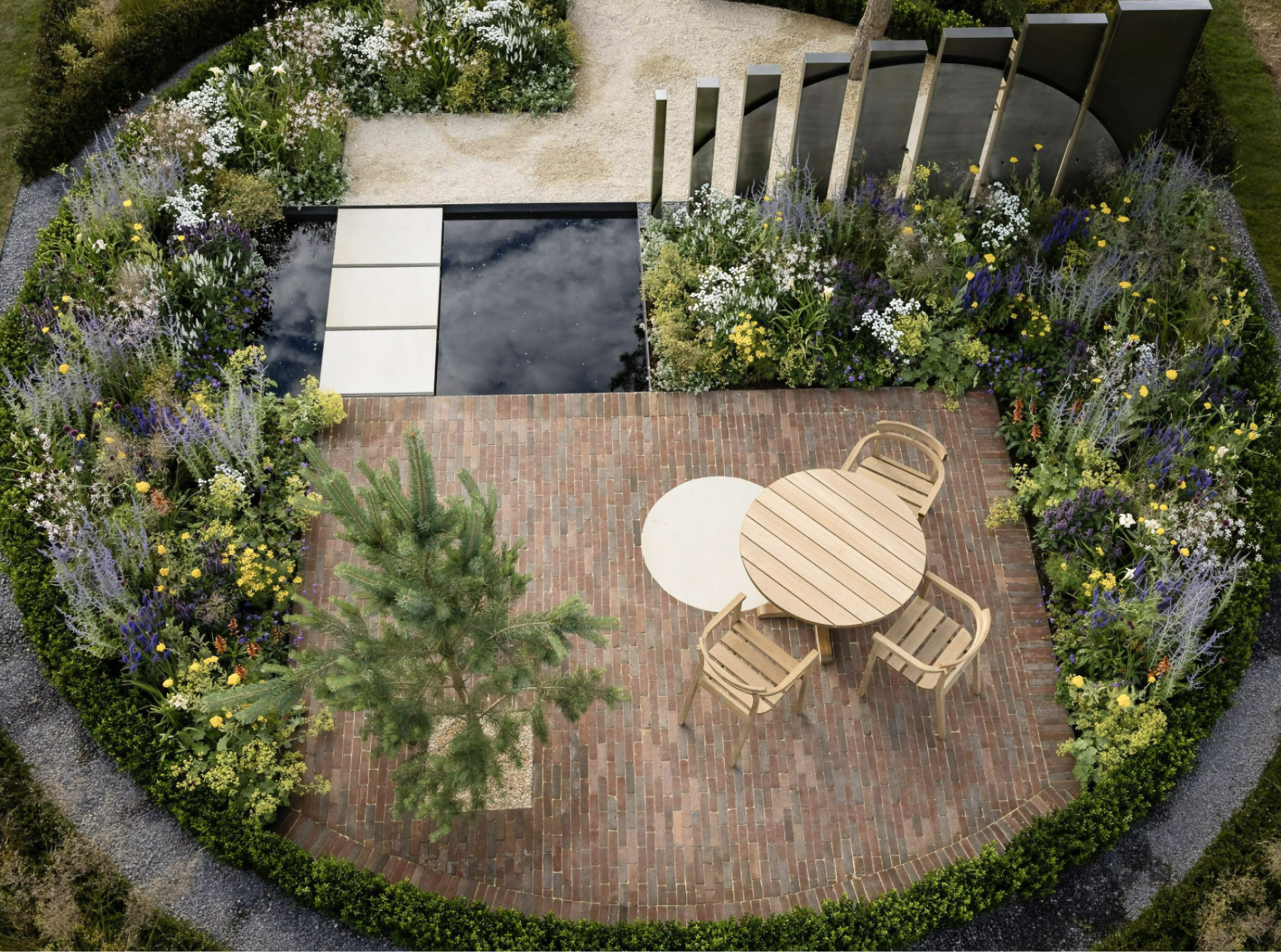
Fragrance
The human olfactory sense is the body’s most sensitive communication pathway to the brain and its information processing centers. It is a direct link to our memory center that regulates endocrine responses to smells—ether positive or negative. Since our everyday lives are often inundated with unwelcome fragrances (read “odors,”) such as auto exhaust, garbage, building materials, and paints, it is especially important to include fragrant and healing plants in your outdoor environment that can counteract the harmful effects of these pollutants.




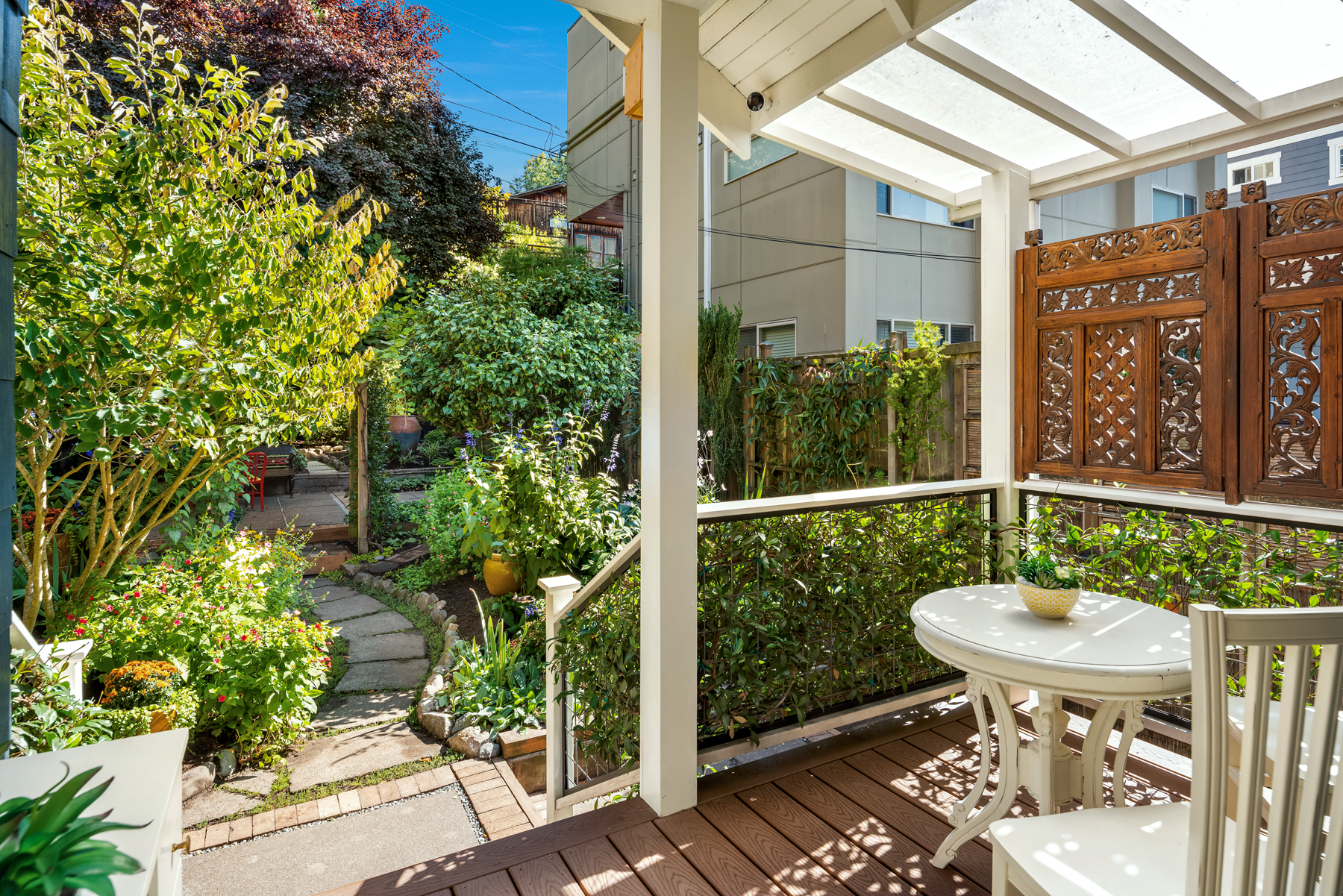
Art
Subdued, artistic, outdoor accents that complement your plantings and add true beauty can make your sanctuary space feel even more restful. Some examples might include wind chimes or elegant outdoor lanterns. But resist the temptation to clutter up the serene atmosphere with artificial knickknacks that offer little visual value.




Closing Reflections
Many years ago, I received a beautiful card from a male gardening friend and artist, which included his handwritten inscription for me on the inside panel:
I make my living as a garden designer, but you understand that I'm really just planting little altars.
We both recognized that we shared the same gardening philosophy, inspired by our joint deep respect and reverence for the earth and her many gifts.







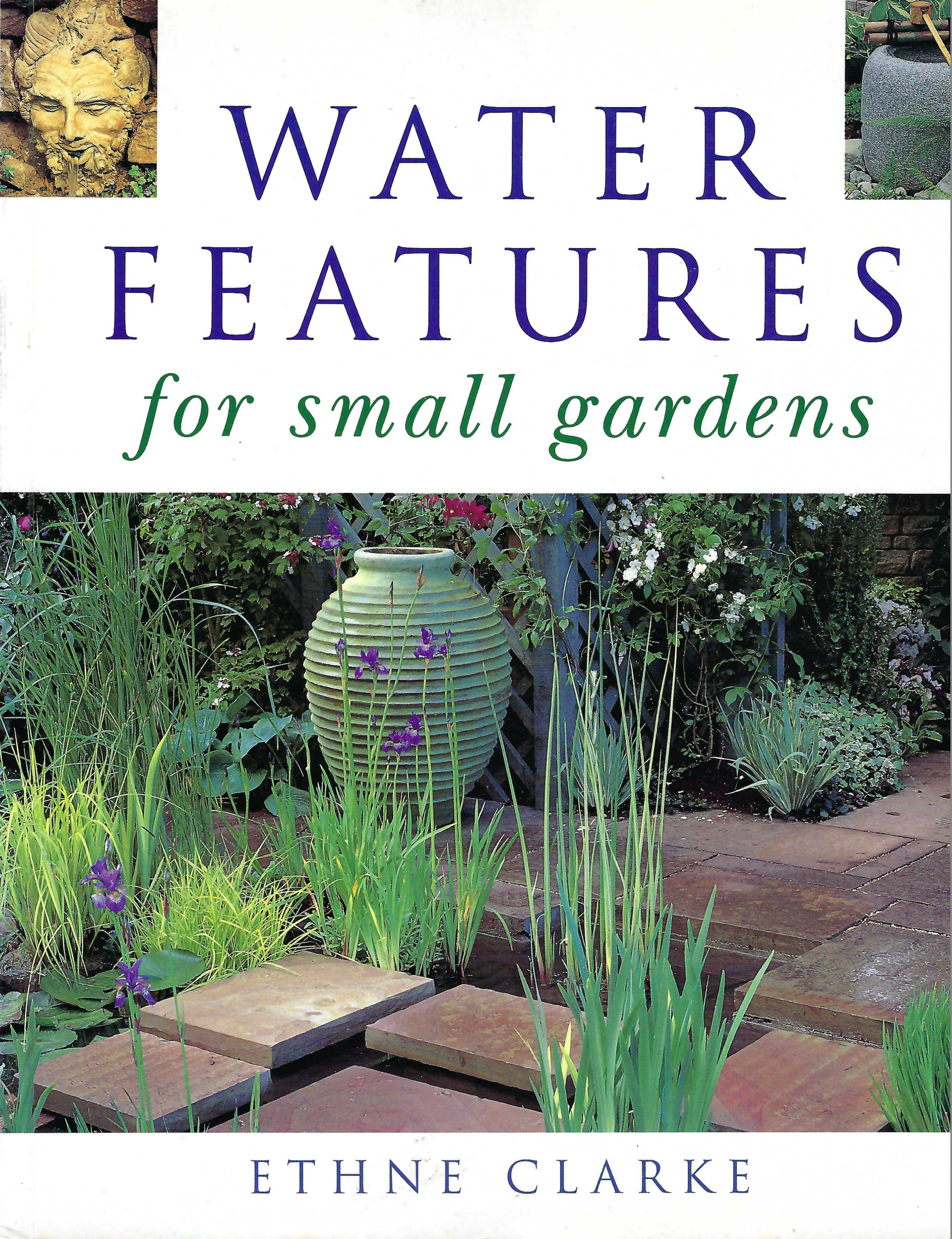
Water Features for Small Gardens (download) by Ethne Clarke. From a formal fountain to a pebble pool, this book offers many varied designs and practical advice on building a water feature. The projects employ basic construction skills and offer designs which can be adapted to suit different gardens, with solutions for the problem of limited space. (Also available at Amazon.)
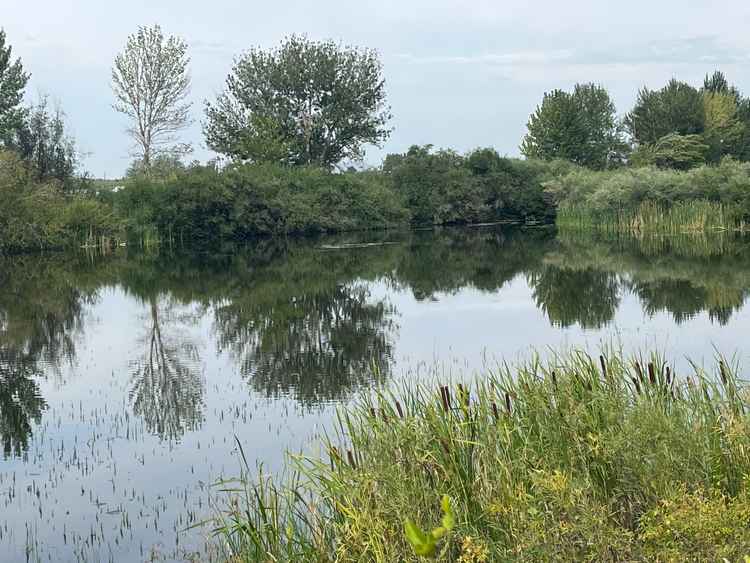

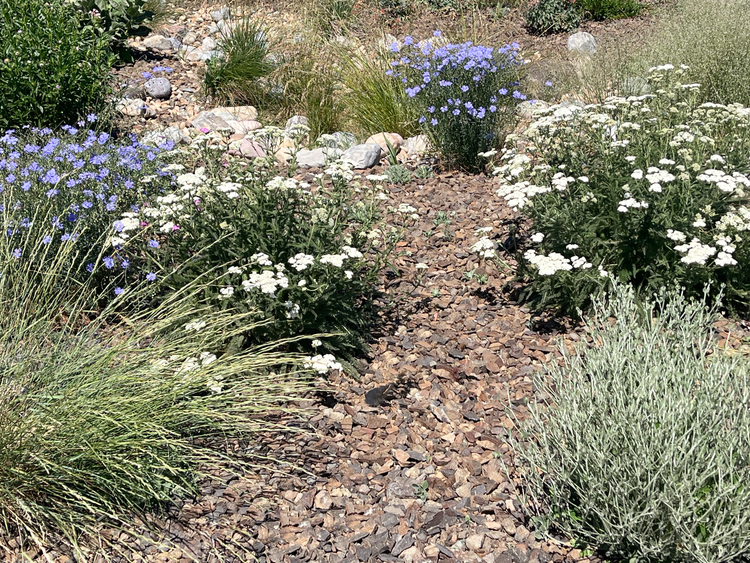

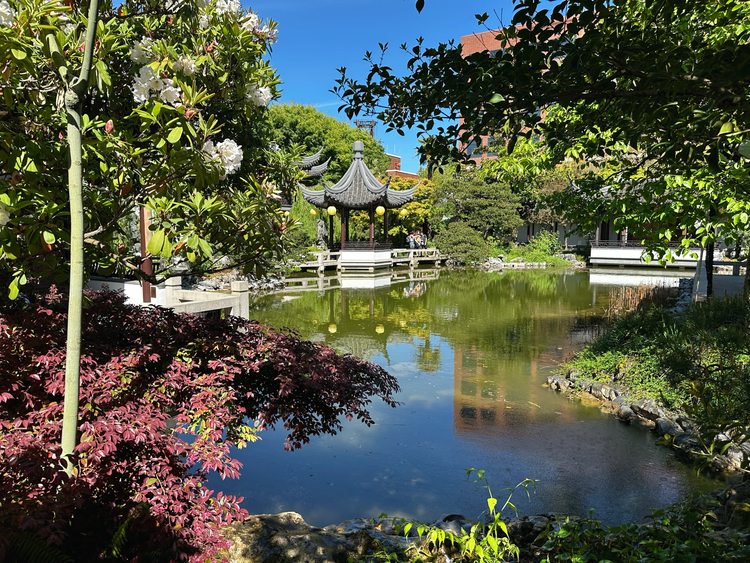
Member discussion